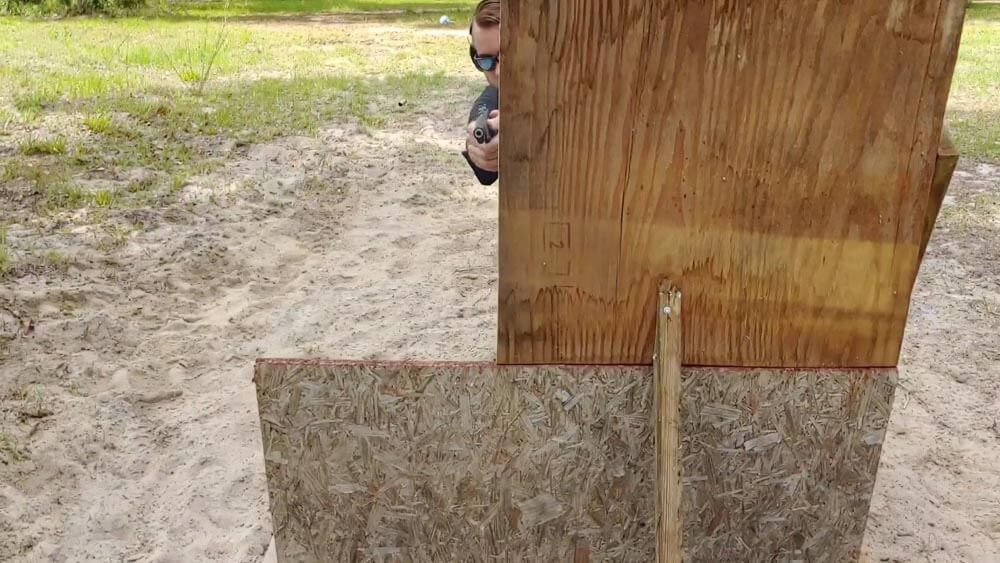The article "Cover and Concealment — A Missing Training Element" by Travis Pike discusses the vital distinctions between concealment and cover in self-defense scenarios. Cover, unlike concealment, is a protection that can stop bullets, while concealment simply hides a person from view. The article emphasizes that understanding and using cover effectively requires practice, as one needs to identify potential covers in everyday life, maintain proper distance (standoff) from the cover, and utilize cover to minimize body exposure during an engagement. The importance of using hard, solid materials as cover is also underscored, as many common structures such as walls and vehicles may not provide adequate protection against bullets.

The article further delves into techniques for maximizing the advantages of cover by maintaining an appropriate standoff distance—to guard against bullet splatter and to preserve situational awareness. Practical advice from Pike includes not resting a weapon on the cover and ensuring firearms' barrels are cleared of obstacles prior to shooting to prevent accidental strikes to the cover. Additionally, one should be unpredictable when using cover to avoid becoming easy targets and to account for sight offset, specifically when the firearm sights are above the bore line.
The key takeaway from Pike's detailed analysis is that the effective use of cover can significantly increase survival odds in defense situations, and constant practice is necessary to build muscle memory and skill. For those wanting to improve their defensive strategies and understand how to utilize everyday objects as cover, this article is invaluable. For a more comprehensive understanding of this topic, refer to the full article, Cover and Concealment — A Missing Training Element.
No comments:
Post a Comment